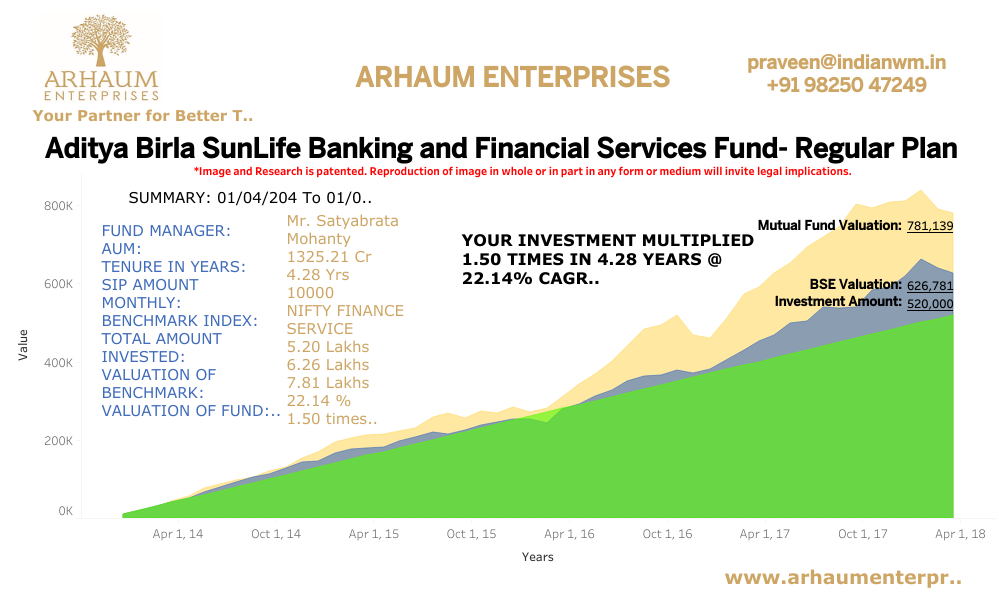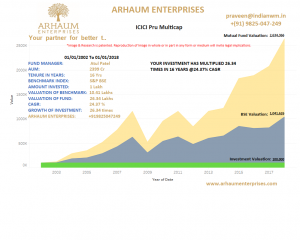There are two ways to look at investor behavior in the context of markets. Although, there can be many more perspectives for investor behavior if we can include various markets and different types of investors, but broadly these two perspectives stand out in the open:
1. From the perspective of an Individual Investor
2. From the overall Market perspective
From the point of view of an individual investor, many try to exceed the market return by trying to time the market runs or taking additional risk. In fact, even the fund manager performance is assessed according to Alpha (Additional return over the expected market return) generated by the portfolio manager. While, professional portfolio managers managing large investment portfolios and backed by an infrastructure to analyze market movements, far more efficiently than any individual investor, may beat the opportunities and benefit from anomalies, for small individual investors it is equally difficult.
Therefore, from the point of view of an individual investor, the objective can be to generate returns equal to the market return, portfolio managers may be forced to generate additional returns so as to provide for infrastructure and other expenses. For an individual investor this will be an impossible task to perform as there is only enough time and money to create a small basket of securities.
Because of this limitation individual investor only apply very few strategies to safeguard themselves against market risks. Buy and hold, systematic investments etc. are a few such strategies. These strategies alone are usually not enough to protect the value in the times of crisis. Awareness and financial maturity play major influencing factors in decision making especially in the time of crisis.
Awareness
Awareness is not limited to the market, stock and economic information. It also includes awareness of objectives, goals own behavioral patterns and factors that may influence your financial decisions. As an investor you may ask yourself if the decision you are making is not influenced by any of the following common behavioral patterns:
1. Biases: It’s an influence which causes a tilted or one sided view of the situation or decision.
2. Herd Behaviour: Herd behaviour is better known in Hindi as ‘Bhedchaal’; i.e. one tends to do what everyone in the group is doing.
3. Active/Passive Investment Style: The style of investment of an investor can significantly affect the income generated on the investment, while passive style requires less involvement. It also requires the investor to have a long investment horizon, while active investor must spend lot of time in the market adjusting the trade.
What Went Wrong When Markets Crash?
Each of these crashes was followed by three behavioral phenomenons:
I. Overconfidence
II. Herd Behaviour
III. Panic
 Panic
PanicFigure: Stock Market Panic of 1929
 Overconfidence
OverconfidenceFigure: Dot Com Bubble
 Overconfidence
OverconfidenceFigure: 2008 Subprime Mortgage Crisis
Lack of awareness leads to herd behaviours, and afterwards overconfidence and when market starts to disappoint the new and the old investors panic to get out of the loop. As discussed earlier awareness encompasses awareness of macro-economic factors as well as factors affecting the own situation of the investor.
Since it’ll be really difficult for an individual investor to spend time and effort on completely understanding the intricacies of the market, best way is to understand their own risk profile and behavioral choices. This awareness will ensure that the investment decisions are not biased, not based on incomplete information or at least not fully exposed to the inherent market risk.
How to become aware of Self Position?
This question has been addressed time and again by financial advisors, planners and senior investors, who suggest that your purpose of investing should be clear. In a way you should know in the beginning (before starting to invest) following facts:
1. The purpose of investing: The asset choice depends on this purpose and important goal must be achieved through safer means, and so if you save your retirement funds in equity market in final few years of your retirement, more likely you are to panic in case of an adverse movement. Thus, as the wealth managers say, ‘define your goals smartly and prioritize before starting to invest.’
One example: Higher education of younger son is five years away, and marriage another three after that. Education requires Rs. 500,000 each year for three years but marriage is a Rs. 10 lakh onetime expense. Considering education loan is also available for education expenses with tax benefit on repayment, saving for marriage is going to be more meaningful and important as there is not cheap alternative to it.
2. How much you know about the asset: Know about the asset behavior and risk profile. For example: If your aim is to achieve results within five years equity may not be a good place to park your money, but if your aim is 10 years it may be. Similarly all other asset classes have their own risk profile and behavior.
3. Know Thyself: This is a very famous teaching of many of the religious texts that one should know himself, and be aware of the decisions he/she makes. Knowing yourself will start from personality definition and go on to include family, dependents, own aspirations etc.
How does this Awareness help?
The clear awareness and knowledge of your objectives, needs and goals allows you to make decisions which will ensure that you remain unaffected from market driven panic situations and are able to meet your obligations timely. Panic and wrong decision making strikes only when there is some lack of clarity over goals and purpose of investment. In summary it can be said that following learning can be made out from past market crashes:
1. Always define your financial goals with amount, time and importance.
2. Know your risk appetite; i.e. comfort level with temporary paper losses.
3. Understand the economic behavior of investment asset; i.e. economic cycle of the market.
With this awareness sometimes even taking a tactical benefit from the market may rewarding and not difficult.




